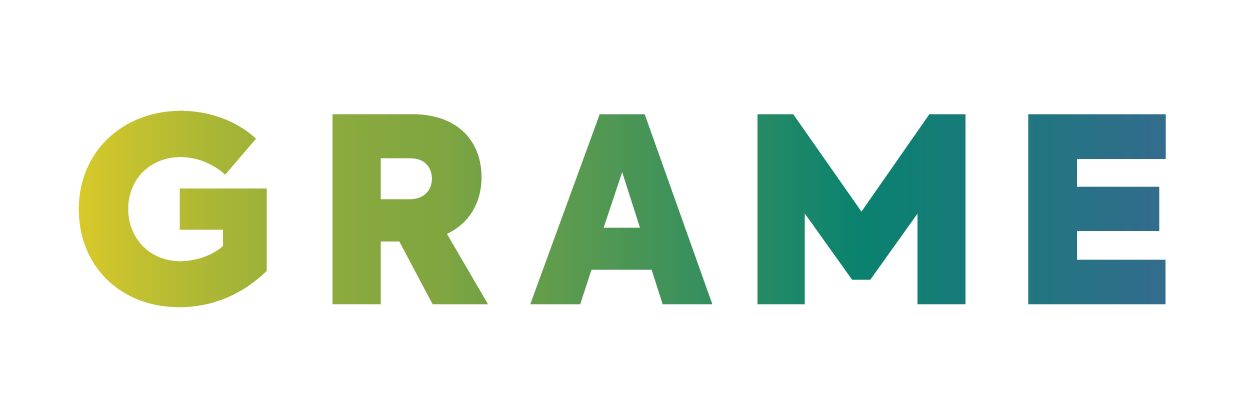Hyperloop: “The frequency of subways combined with the speed of airplanes”
Ryan Janzen is the co-founder of TransPod, an Ontario-based company looking to revolutionize the transportation industry with its version of hyperloop.
As a lead-up to his talk at the Novae forum in Montreal on October 25, Ryan Janzen gave us a sneak peek into his vision of hyperloop, the futuristic mode of transportation that is progressing at a remarkable speed.
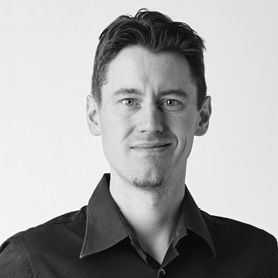
Ryan Janzen, co-founder of TransPod
What does TransPod’s hyperloop consist of exactly?
First, I want to point out that the hyperloop concept was initially proposed by Robert Goddard, one of the pioneers in aeronautics, and was later taken up by Elon Musk, who coined the term “hyperloop.” There are currently three companies in the world working on developing their own version of hyperloop: HTT and Hyperloop One, which are both based in California, and TransPod, based in Toronto.
Hyperloop is a ground-level transportation system capable of achieving faster speeds than airplanes, while offering greater safety. The system propels pods through a network of low-pressure tubes. There is little aerodynamic resistance and the pods are immune to weather conditions. Our system is designed to transport people and merchandise at a lower cost, guaranteeing frequent departures.
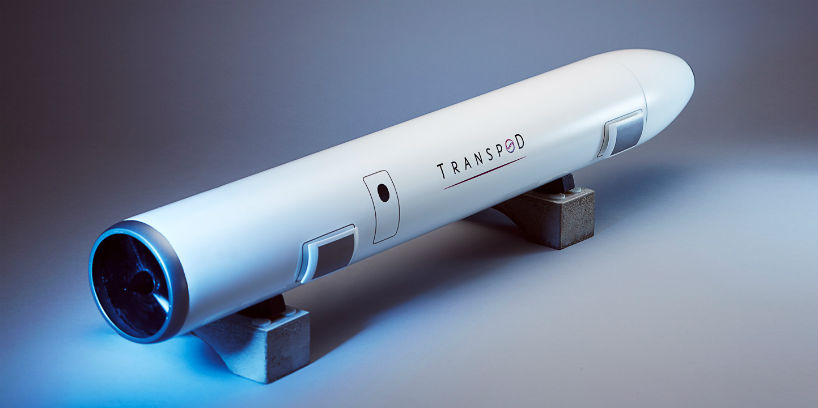
Hyperloop is being presented as truly revolutionary: what are its advantages over our current modes of transportation?
Hyperloop is a viable alternative to current transportation options and offers several advantages in many respects. First, from an economic perspective, the cost to build a TransPod hyperloop line is a third less than a classic high-speed train line. From a technical perspective, it’s faster than other modes of transportation. With an average speed anticipated around 700 km/hour and a maximum speed of over 1,000 km/hour, hyperloop is 20% faster than a plane and 200% faster than a train. Plus, it isn’t impacted by weather, meaning no air turbulence, emergency landings, delays and cancellations caused by storms, hurricanes or snow storms.
It also offers significant environmental benefits, as it is a non-polluting, self-sufficient mode of transportation that is powered by renewable energies, primarily solar. Hyperloop eliminates the enormous dependency on fossil fuels and carbon emissions of plane travel.
Last but not least, it is a form of transportation that has a strong social impact: its speed allows users to spend less time in traffic so they have more time to enjoy life! Hyperloop combines the frequency of subways with the speed of airplanes. As an example, in approximately 15 years, it will be possible to travel from Montreal to New York in 45 minutes without having to plan for the trip weeks in advance.
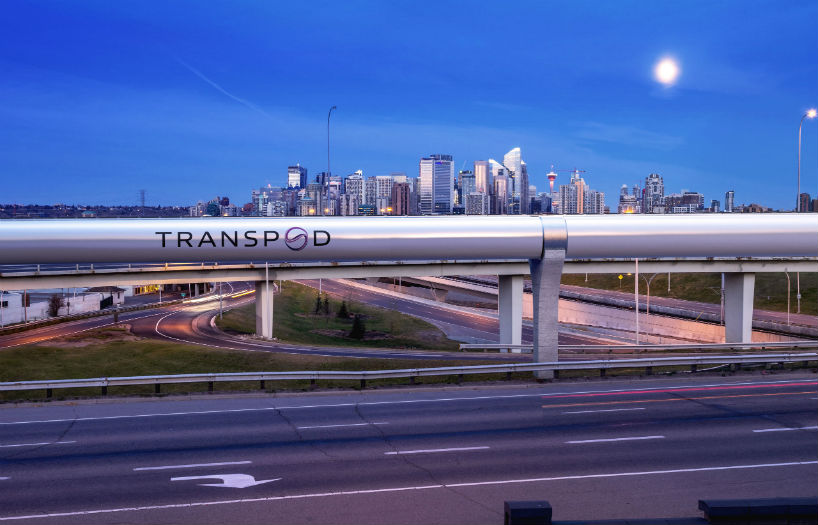
Where is TransPod’s hyperloop in terms of development?
Right now, we’re estimating we’ll be ready to launch our first commercial line linking Toronto and Windsor between 2025 and 2030. And North America isn’t the only market we’ve set our sights on. France recently launched two new high-speed train lines that could eventually accommodate a system like ours. We therefore decided to open an office in Toulouse so we can work on developing a Paris-Toulouse corridor.
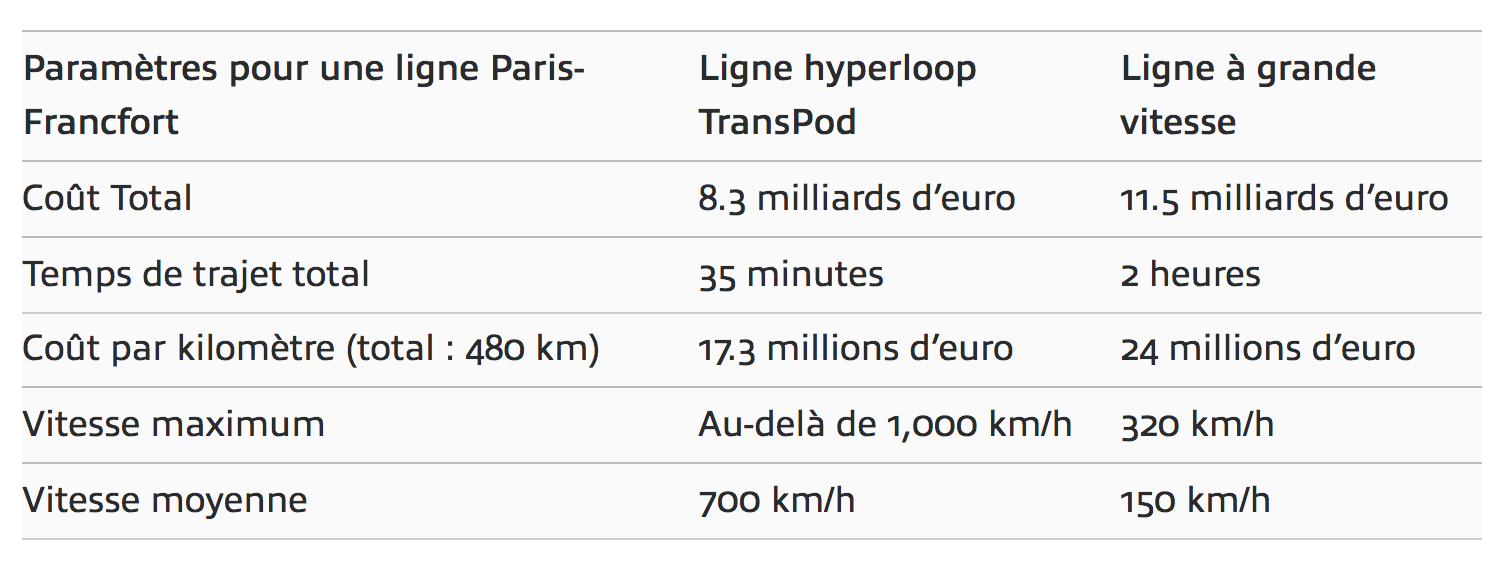
What kind of financial support have you received to help you with your hyperloop launch?
After several years of discussions, the Ontario government committed $15 million on an impact assessment for high-speed rail between Toronto and Windsor. Several countries (including the United States, South Korea, Australia), and Europe are doing studies on this type of transportation.
In November 2016, we secured $15 million USD in seed funding from Angelo Investments, an Italian investment fund. This shows that hyperloop is of interest to the entire world and is not just a North American project. This funding allowed us to open two offices in Europe this past March: the one in Toulouse, France, and another in Bari, Italy.
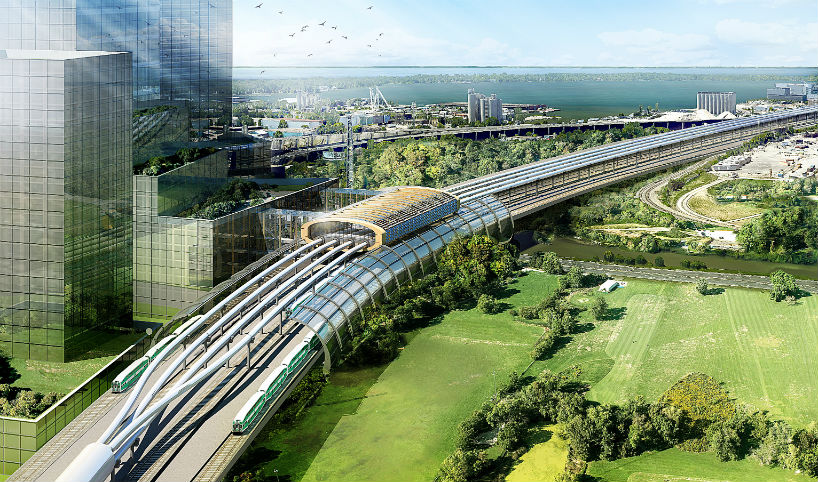
What are the next steps for TransPod?
Our goal is to create a hyperloop prototype by 2019 or 2020, followed by an operational line between 2025 and 2030 servicing the Toronto-Windsor corridor. We’re also going to do a second seed round soon to help us further develop our activities in Europe and North America. Our goal is literally to build tomorrow’s transportation!
Ryan Janzen will be speaking at the Novae forum on October 25.
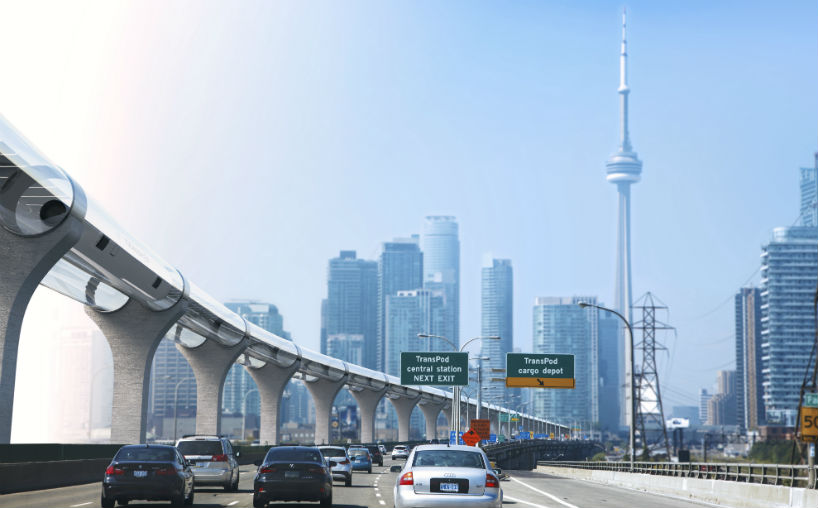
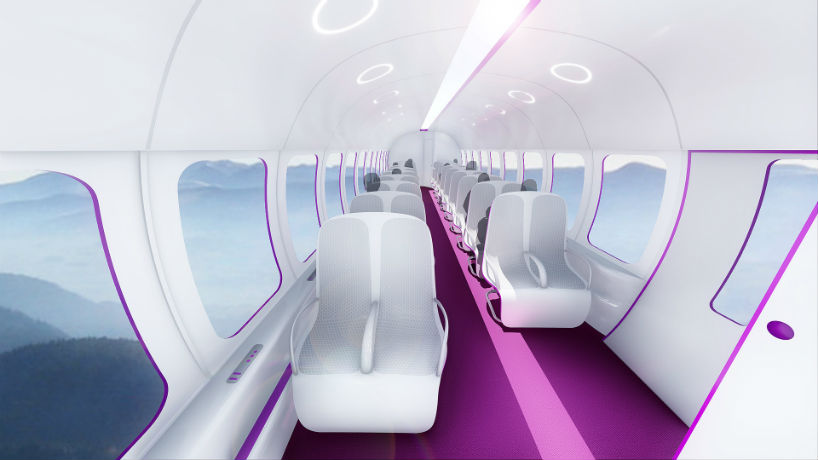

Infolettre
Envoyée tous les jeudis.
Inscrivez-vous.
Suivez l’actualité de l’économie positive et engagée.
Emplois
Trouvez l'emploi idéal.
Événements
Nos prochaines activités.

